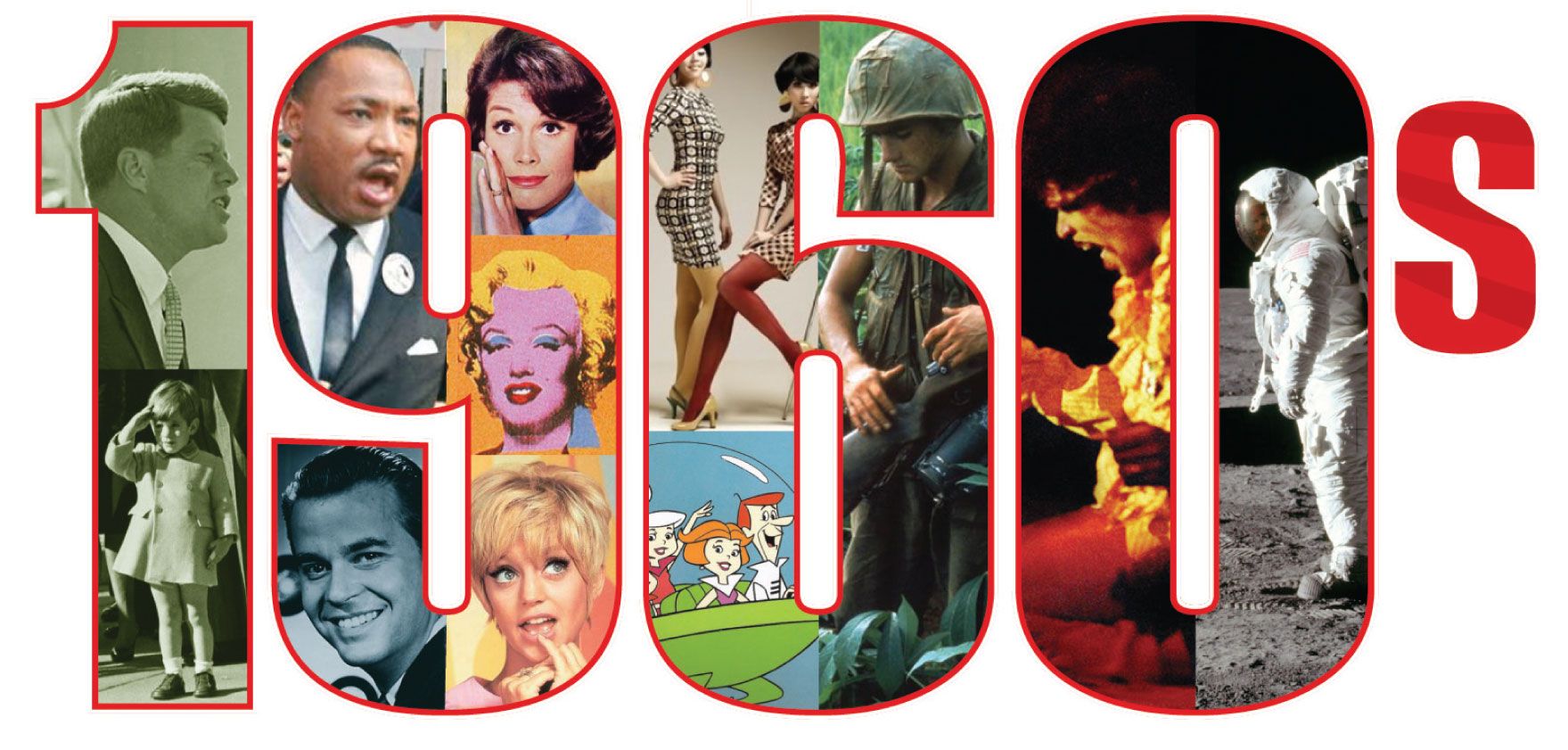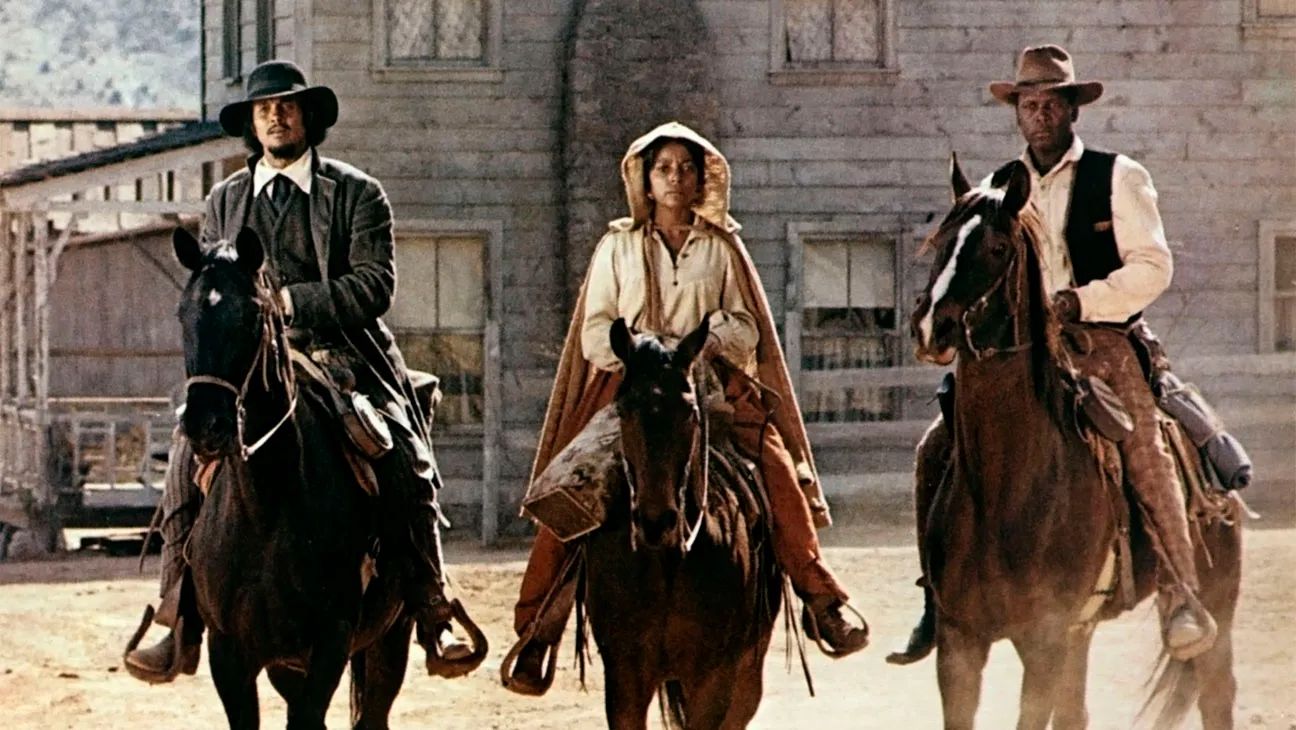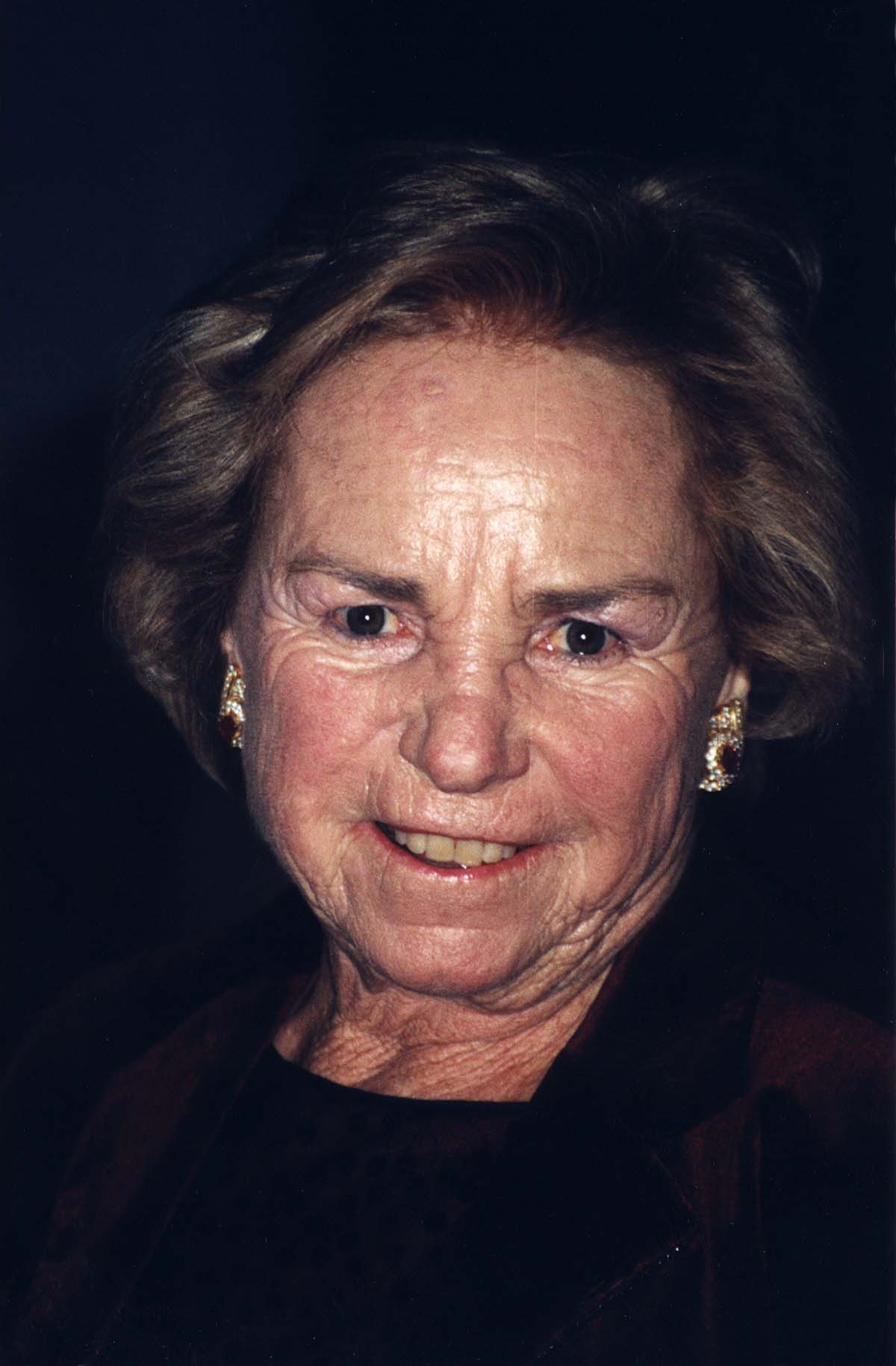For decades, the Academy Awards ceremony has been a shimmering beacon of Hollywood glamour, a night where cinematic achievements are celebrated, stars align, and cultural conversations are sparked. It’s an event steeped in tradition, a global spectacle that has, for the most part, captivated audiences worldwide, drawing in millions to witness history being made. Yet, beneath the dazzling lights and unforgettable moments, a more concerning narrative has been unfolding: a consistent struggle with maintaining its vast viewership.
While the 97th Academy Awards still managed to be the most-watched primetime entertainment broadcast of the 2024 to 2025 season so far in the US, drawing an impressive 18.1 million people across TV and live streams, this figure represents a significant 7% decline from the previous year’s audience of 19.5 million. This isn’t just a minor blip; it marks the first audience drop-off for the show in four years, signaling a potential halt to its post-pandemic recovery and raising serious questions about the strategic decisions influencing its reach.
This recent dip compels us to look beyond the surface numbers and delve into the strategic blunders that have incrementally eroded the Oscars’ once-unassailable viewership, contributing to a longer-term trend that saw numbers plummet to an all-time low of only 10.4 million viewers in 2021. Understanding these missteps is crucial for anyone keen on the future of this iconic institution, offering insights into the complex interplay of technology, audience expectations, and the enduring challenge of keeping a century-old tradition relevant in a rapidly evolving media landscape.

1. **Failing to Master the Streaming Experience**In an increasingly digital world, the decision to offer the Academy Awards via livestream on Hulu alongside its traditional broadcast on ABC was a clear strategic move designed to tap into new demographics. Disney, the parent company, had a clear vision: to draw a younger audience into the fold, one accustomed to on-demand content and digital-first experiences. This move signaled an acknowledgment that younger viewers, particularly those in the 18 to 34 and 18 to 49 age groups, are critical for the long-term viability of any major broadcast event, and streaming was perceived as the key to unlocking this demographic.
Indeed, there were promising signs of success in attracting this crucial segment. The 97th Academy Awards saw a 3% year-over-year increase in adults ages 18 to 49, according to a Disney press release, and the audience marked the highest turnout since 2020 for adults between the ages of 18 and 34. The broadcast earned a 3.92 rating in the 18-49 age group, up from the previous year’s 3.82 rating, and achieved a 3.17 rating among viewers in the 18-34 age group, the highest for the ceremony in that age bracket since the pandemic. These statistics clearly indicate that the *potential* for streaming to engage younger audiences is not just theoretical, but demonstrably real.
However, the execution of this strategy suffered from significant flaws that may have severely hampered its overall impact. Viewers reported widespread glitches around the start of the stream, making it difficult to even access the program. There were technical issues affecting Hulu logins, creating barriers for those eager to tune in. Most critically, some viewers’ streams cut out toward the very end of the program, before the highly anticipated best actress and best picture awards were presented. Imagine the frustration of missing the climax of an almost four-hour show due to technical failures – a sure way to alienate new, digitally savvy audiences who expect seamless experiences.
These technical difficulties, as reported, “may have scuttled that strategy” of drawing a younger demographic into the fold. While the initial numbers for younger age groups showed promise, it’s impossible to quantify how many more viewers would have tuned in or remained engaged throughout the entire telecast had the streaming experience been flawless. This operational blunder turned a forward-thinking strategic initiative into a source of frustration, undermining the very goal it sought to achieve and potentially deterring future streaming engagement from a demographic they desperately need to cultivate.
Read more about: DIY Enthusiast’s Guide: 14 Woodworking Mistakes That Lead to Quick Project Failures in 2025
2. **Overextending Show Length**The Academy Awards has long been known for its epic runtime, often stretching past the three-hour mark. This year’s 97th Academy Awards continued this tradition, clocking in at an extraordinary 3 hours and 47 minutes. This places it among the longest broadcasts in the ceremony’s history, a significant commitment of time for any viewer in an era dominated by bite-sized content, instant gratification, and the ability to consume entertainment on one’s own schedule. The sheer duration of the show is consistently cited as a factor that may contribute to viewership fatigue and, consequently, a ratings dip.
In a media landscape where streaming services offer entire seasons of shows designed for binge-watching, and social media platforms thrive on short, impactful clips, an awards ceremony approaching four hours demands an attention span that many modern viewers simply don’t possess or aren’t willing to dedicate. While the Oscars are packed with star-studded cameos from figures like Mick Jagger and Margaret Qualley, and performances from artists such as Raye, Ariana Grande, and Cynthia Erivo, even these engaging elements can lose their luster when embedded within an overly lengthy presentation. The impact of such a protracted event becomes particularly acute when considering that important categories, like Best Actress and Best Picture, are presented at the very end, potentially after many viewers have already tuned out.
The context suggests that “The sheer length of the show may have contributed to the ratings dip.” This isn’t just a casual observation; it points to a strategic choice about the pacing and content allocation within the broadcast. Every minute added to the show’s runtime is a gamble against viewer retention. In an effort to honor every award, showcase every performance, and feature every presenter, the Academy risks losing a substantial portion of its audience who cannot, or will not, commit nearly four hours of their Sunday evening to a live event. This is especially true for audiences outside of the traditional 18-49 demographic, who might have less flexible schedules or different viewing habits.
Maintaining such an extensive runtime indicates a strategic reluctance to adapt to contemporary consumption patterns. While there’s a delicate balance to strike between honoring the breadth of cinematic achievement and maintaining viewer engagement, the consistent choice to lean towards longer broadcasts suggests an underestimation of audience sensitivity to time commitment. This ultimately can be seen as a blunder that directly impacts viewership, as a segment of the potential audience actively avoids the show knowing its considerable length, or simply drops off before its conclusion, impacting overall engagement figures and the perceived success of the telecast.
Read more about: Unlock Your Savings: 12 Actionable Steps to Negotiate the Best Used Car Loan Interest Rate

3. **Underestimating the Post-Pandemic Viewership Volatility**The trajectory of Oscars viewership over the past few years has been anything but stable, charting a tumultuous course that speaks volumes about the challenges facing live television events in a post-pandemic world. The context clearly outlines this roller coaster: an all-time low of 10.4 million viewers in 2021 amid the pandemic, followed by a promising “viewership renaissance.” This recovery saw figures rise to 16.6 million in 2022, then to 18.8 million in 2023, and peaking at 19.5 million in 2024. These consecutive years of growth fueled a palpable hope within the industry that the Oscars were firmly on a path to sustained recovery and renewed mainstream appeal.
The term “viewership renaissance” used in the context perfectly encapsulates the optimism surrounding these upward trends. After the significant disruption of the pandemic, which undoubtedly impacted both film production and audience habits, the steady increase in viewership seemed to indicate that interest in the awards show was indeed recovering as the movie-making world began to heal. This period of growth was a crucial moment for the Academy to consolidate its gains and build a robust strategy for long-term audience retention, perhaps learning from the deep dip and the factors that contributed to it.
Unfortunately, the 2025 ceremony delivered a sobering reality check, with viewership dropping to 18.1 million, a 7% decrease from the previous year. This “first audience drop-off for the show in a few years” shattered the illusion of uninterrupted growth and highlighted a critical strategic oversight: underestimating the volatility of post-pandemic audience engagement. The Academy, and indeed Disney, might have become complacent, mistaking a pandemic-driven rebound for a stable new baseline of interest. This dip suggests that the underlying issues contributing to long-term decline were not fully addressed during the recovery phase, or that new factors emerged that the established strategy was ill-equipped to handle.
The failure to sustain the growth after three consecutive years hints at a deeper problem than just a single year’s dip; it indicates a lack of an adaptive strategy capable of navigating the unpredictable ebb and flow of modern viewership. The hope that “viewership would continue to climb this year” was unfortunately not realized. This points to a strategic blunder in not rigorously analyzing the nature of the recovery, whether it was a return to normalcy or a temporary surge influenced by specific cultural moments or a backlog of highly anticipated films. Without a nuanced understanding of these dynamics, the Academy risked, and ultimately experienced, another setback in its quest to reclaim and maintain its audience share.

4. **Failing to Cultivate Sustained Youth Engagement**While the overall viewership for the 97th Academy Awards saw a concerning dip, a closer look at specific demographics revealed a silver lining, particularly among younger audiences. The data indicated a 3% year-over-year increase in adults ages 18 to 49 and the highest turnout since 2020 for adults between the ages of 18 and 34. This surge in interest among younger viewers, especially in the 18-34 age bracket, where the broadcast achieved a 3.17 rating, represents a critical area of potential growth for the Oscars. It demonstrates that the desire to engage with the ceremony still exists within these coveted demographics.
This uptick in younger viewership was largely attributed to the program’s first-time livestream on Hulu, a strategic move by Disney to connect with a demographic accustomed to digital-first content. The Academy and Disney rightly identified that a younger, digitally native audience is essential for the long-term vitality of the Oscars. Offering the show on a popular streaming platform was a proactive step to bridge the gap between traditional broadcast television and modern viewing habits, aiming to secure a future audience for an event that has historically struggled to retain younger eyes.
However, the significant technical issues that plagued the Hulu livestream may have severely undermined this promising strategy. Viewers reported widespread glitches at the start of the stream, making initial access difficult, and critical problems with Hulu logins. Most damagingly, some streams cut out entirely before the highly anticipated Best Actress and Best Picture awards were presented, leaving many young viewers, who value seamless digital experiences, deeply frustrated. This operational failure, as the context suggests, “may have scuttled that strategy” of drawing a younger demographic into the fold, turning a potential success story into a missed opportunity.
The inability to deliver a flawless streaming experience is particularly detrimental when attempting to engage younger audiences. This demographic expects high-quality, uninterrupted digital content, and any hiccup can swiftly lead to disengagement. Missing the climactic moments of the show after dedicating nearly four hours to watching live is an experience likely to deter future viewing, regardless of initial interest. The technical blunders effectively created a barrier to sustained engagement, turning potential new loyalists into disillusioned former viewers.
Therefore, despite the positive indications of increased interest from younger demographics, the ultimate failure lies in the execution of the streaming strategy. The Academy and Disney demonstrated an understanding of *where* younger audiences are, but not necessarily *how* to convert that initial curiosity into lasting viewership without providing a robust and reliable platform. This strategic blunder highlights that simply making content available is not enough; the delivery mechanism must meet the elevated expectations of today’s digital consumers, particularly the youth they are so desperately trying to attract and retain.
Read more about: Reclaiming Your Attention: A Practical Guide to Breaking Free from the Endless Scroll of Social Media

5. **Ignoring the Broader Awards Show Fatigue**The Oscars’ recent viewership decline isn’t an isolated incident, but rather a symptom of a larger, systemic challenge impacting the entire awards show landscape. The context explicitly states that “Awards show viewership has declined this year for other telecasts, not just the Oscars.” This crucial detail provides a broader perspective, indicating that the Academy Awards are contending with a wave of “awards show fatigue” that extends far beyond its own specific production choices or content. It suggests that underlying shifts in audience behavior and preferences are at play, making it increasingly difficult for any long-form live event to command the same attention it once did.
Evidence of this widespread fatigue is clearly demonstrated by the performance of other major awards ceremonies. February’s Grammys telecast, for instance, drew 15.4 million viewers, which represented a 9% drop from the previous year’s audience. Similarly, CBS’s Golden Globes in January saw 9.3 million viewers, a 2% decrease from its 2024 telecast. These figures, alongside the Oscars’ own 7% decline, paint a consistent picture of decreasing engagement across the board. This trend signifies that the problem isn’t solely about the Oscars’ content, hosts, or nominated films; it’s about a diminishing appetite for the format itself.
The implications of this broader awards show fatigue are profound for the Oscars. It means that even if the Academy were to perfectly address all its internal production issues – such as streaming glitches, show length, or host choices – it would still be swimming against a powerful current of declining interest in the genre. Modern audiences, particularly younger ones, have an unprecedented array of entertainment options, many of which are personalized, on-demand, and tailored to shorter attention spans. The traditional, lengthy awards show format struggles to compete with this dynamic media environment.
Understanding this macro trend is essential for the Academy’s strategic planning. It suggests that a fundamental reevaluation of the awards show model might be necessary, rather than just incremental tweaks. The challenge is not merely to make the Oscars “better” than last year, but to make it compelling enough to cut through the noise of an oversaturated entertainment market, where the concept of a multi-hour live event celebrating industry achievements may be losing its universal appeal. The consistent decline across multiple shows indicates a shift in cultural significance, where these events no longer hold the same unassailable position in the public consciousness.
Therefore, a significant strategic blunder lies in not fully acknowledging and adapting to this pervasive awards show fatigue. While the Oscars still remain “the most-watched awards show of the season,” this distinction is becoming less impactful as the overall pool of viewers shrinks. Ignoring this wider trend risks internalizing the problem as solely an “Oscars issue,” rather than recognizing the need for collaborative industry-wide innovation or a radical reimagining of the format to capture and sustain attention in a world that has largely moved on from traditional passive, lengthy broadcasts. The Oscars cannot thrive in isolation if the entire ecosystem of live awards shows is struggling.
Read more about: Football Legend Dan Marino’s Silent Battle: Unpacking His Liver Disease Diagnosis and Urgent Call for Health Awareness

6. **Jeopardizing Future Broadcast Negotiations and Long-Term Relevance**The financial bedrock of the Academy Awards, and indeed its future viability, heavily relies on its lucrative broadcast deal. The context highlights that Disney is currently in negotiations with the Academy of Motion Picture Arts and Sciences for a new broadcasting deal, with the existing contract running through at least 2028 and valued at “more than $100 million a year.” This substantial sum underscores the critical importance of viewership numbers in these high-stakes discussions. A decline in ratings directly impacts the Academy’s bargaining power, potentially leading to less favorable terms in future agreements and threatening a significant revenue stream.
The 7% drop in viewership for the 97th Academy Awards, the first decline in four years, provides Disney with a potent negotiating chip. The report explicitly states that “Now, the two sides will continue their negotiations knowing that ratings have fallen. That may only make things more complicated.” This underscores the direct and immediate impact of the recent viewership dip on the business side of the Oscars. A consistent trend of declining numbers diminishes the perceived value of the broadcast slot for networks, making them less willing to pay premium prices for an event that draws fewer eyes, especially if those eyes are not from the most sought-after advertising demographics.
Beyond the immediate financial implications, the long-term relevance and prestige of the Oscars are also inextricably linked to its viewership. The Academy’s mission, as described in the context, is to “recognize and celebrate all aspects of the arts and sciences of moviemaking,” and “connect global audiences… through their shared passion for making and watching films.” A dwindling audience, however, compromises this mission, as it suggests a weakening connection with the very global audience they aim to inspire and engage. If fewer people are watching, the cultural impact of its celebrations and recognitions inevitably diminishes.
This erosion of viewership, therefore, poses a significant strategic blunder by weakening the very foundation upon which the Oscars operates. It makes it harder to secure the necessary financial backing to produce a world-class show, to attract top talent for presenting and performing roles, and to maintain its status as the pinnacle of cinematic achievement. The perception of the Oscars as an indispensable cultural event is directly tied to its ability to command a massive, engaged audience, and each ratings decline chips away at that perception, affecting everything from sponsorship deals to global media coverage.
Ultimately, the failure to arrest the decline in viewership, and indeed the factors that contribute to it – from technical glitches to show length and broader awards show fatigue – collectively jeopardize the Oscars’ long-term relevance. The negotiations with Disney are not just about money; they are a litmus test for the show’s perceived value in a rapidly changing media landscape. If the Academy cannot demonstrate a clear path to reversing these trends and recapturing a substantial and engaged audience, it risks seeing its broadcast revenue shrink, its cultural footprint diminish, and its role as a global cinematic touchstone called into question.
**Conclusion**
The Oscars, for all its undeniable glamor and historical significance, stands at a critical juncture. The recent dip in viewership, though not catastrophic, serves as a powerful wake-up call, exposing a series of strategic missteps that have collectively eroded its once-unassailable position. From the frustrating technical failures that marred its streaming debut for a crucial younger demographic, to the stubbornly long runtime that tests the patience of modern audiences, and the broader industry-wide challenge of awards show fatigue, these blunders paint a picture of an institution struggling to adapt. The stakes are incredibly high, extending far beyond mere ratings to encompass the very financial health and cultural relevance of Hollywood’s biggest night. As Disney and the Academy continue their critical broadcast negotiations, the urgency to learn from these missteps and innovate for a rapidly evolving audience could not be more pressing. The future of this iconic celebration of cinema hinges on its ability to confront these challenges head-on, embrace genuine change, and rekindle the global passion it once effortlessly commanded.





